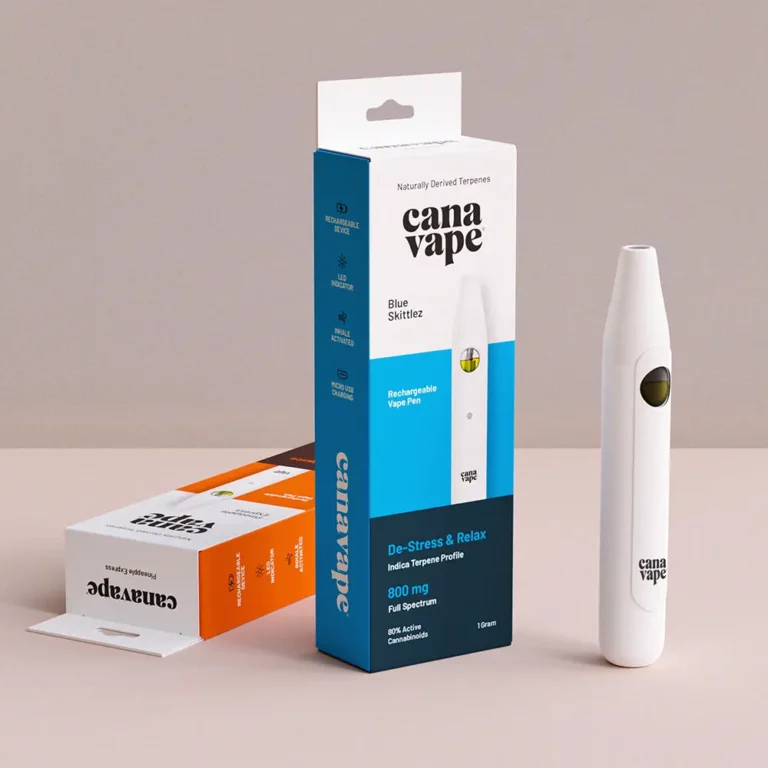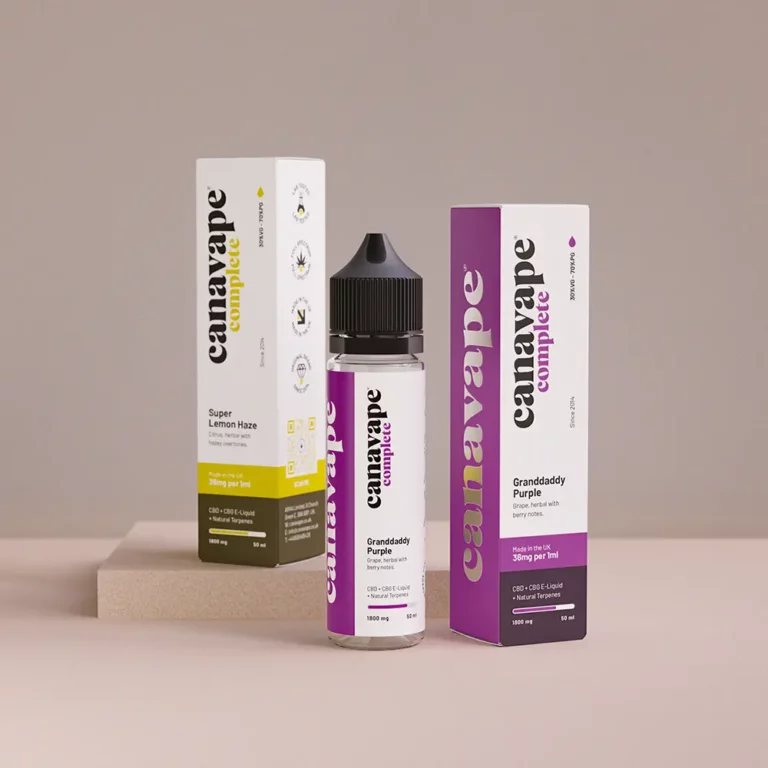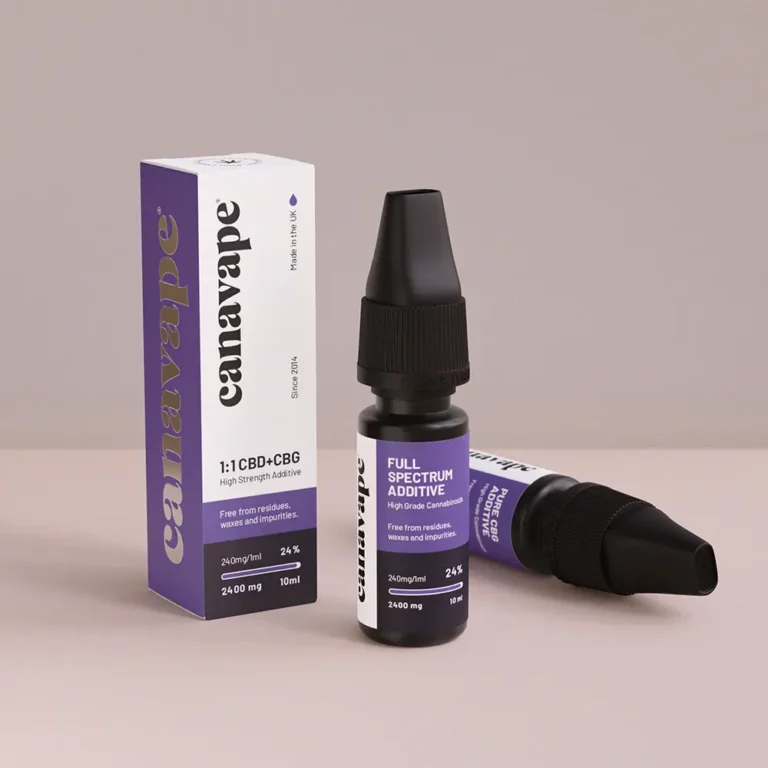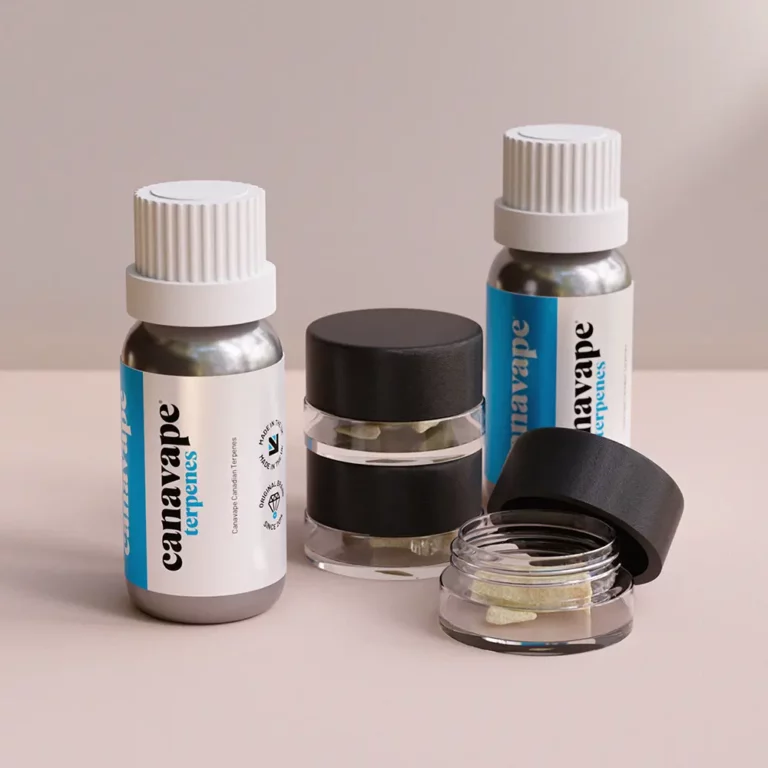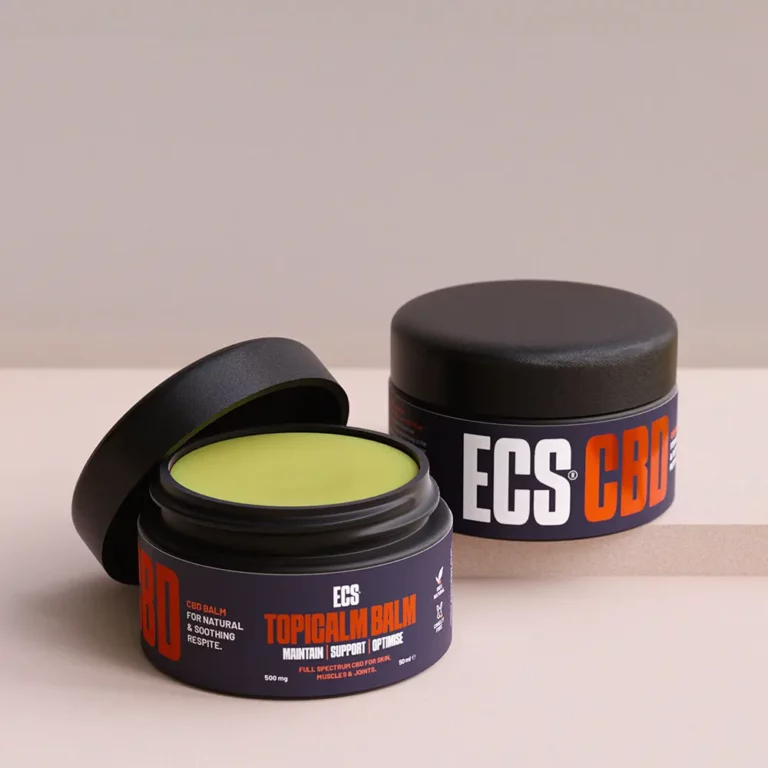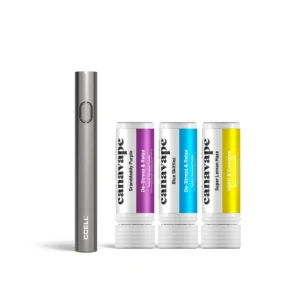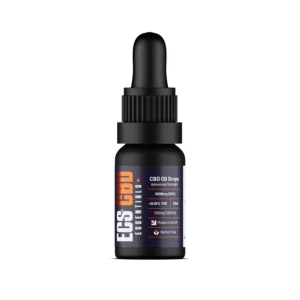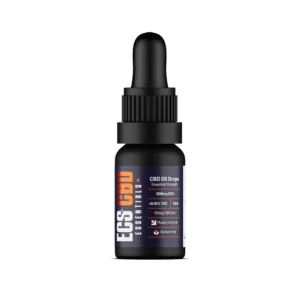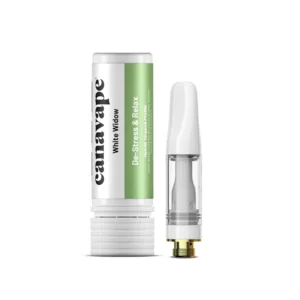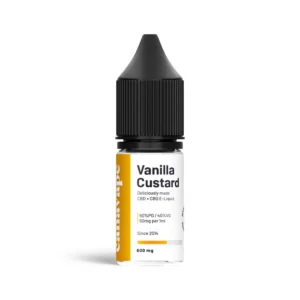When it comes to CBD oil production, one common question that arises is how much CBD oil can be extracted from a single plant. The answer to this question depends on various factors, including the strain of the plant, cultivation methods, and extraction techniques used. Let’s delve deeper into these aspects to understand the potential CBD oil yield from a single plant.
1. Strain Selection:
The strain of the cannabis plant plays a crucial role in determining the CBD oil yield. Some strains are naturally high in CBD content, while others may have a higher concentration of THC, the psychoactive compound. CBD-dominant strains, such as Charlotte’s Web or ACDC, are specifically bred to produce higher amounts of CBD. These strains can yield more CBD oil compared to THC-dominant strains.
2. Cultivation Methods:
The cultivation methods employed also impact the CBD oil production. Factors like soil quality, nutrient balance, lighting, temperature, and humidity levels can influence the plant’s overall health and CBD content. Indoor cultivation, using controlled environments, allows for precise control over these variables, resulting in healthier plants with higher CBD yields. Outdoor cultivation, on the other hand, is subject to natural elements and may lead to variations in CBD oil production.
3. Plant Size and Yield:
The size of the cannabis plant and its yield potential are significant factors in determining the CBD oil production. Generally, larger plants have the potential to produce more CBD oil. However, it’s important to note that CBD concentration can vary across different parts of the plant. The flower buds, which contain the highest CBD content, are the primary source of CBD oil extraction.
4. Extraction Techniques:
The extraction process used to obtain CBD oil from the plant material also affects the final yield. There are various extraction methods, including CO2 extraction, ethanol extraction, and solvent-based extraction. CO2 extraction is considered one of the most efficient and safe methods, resulting in higher CBD yields. The choice of extraction method can significantly impact the quantity and quality of CBD oil obtained.
5. CBD Oil Yield:
While it is challenging to provide an exact figure for CBD oil yield from one plant, a rough estimate can be made. On average, a high-CBD strain can yield between 10% to 20% CBD content in the flower buds. Considering this, if a plant produces 1 kilogram (1000 grams) of flower buds, it can potentially yield 100 to 200 grams of CBD oil. However, it’s important to remember that these numbers can vary depending on the aforementioned factors.
In conclusion, the amount of CBD oil that can be produced from a single plant depends on several factors, including strain selection, cultivation methods, plant size, and extraction techniques. While it is challenging to provide an exact figure, understanding these key principles can help optimize CBD oil production and ensure higher yields. It is always recommended to consult with experienced growers and extraction professionals to maximize the potential of CBD oil production from each plant.
